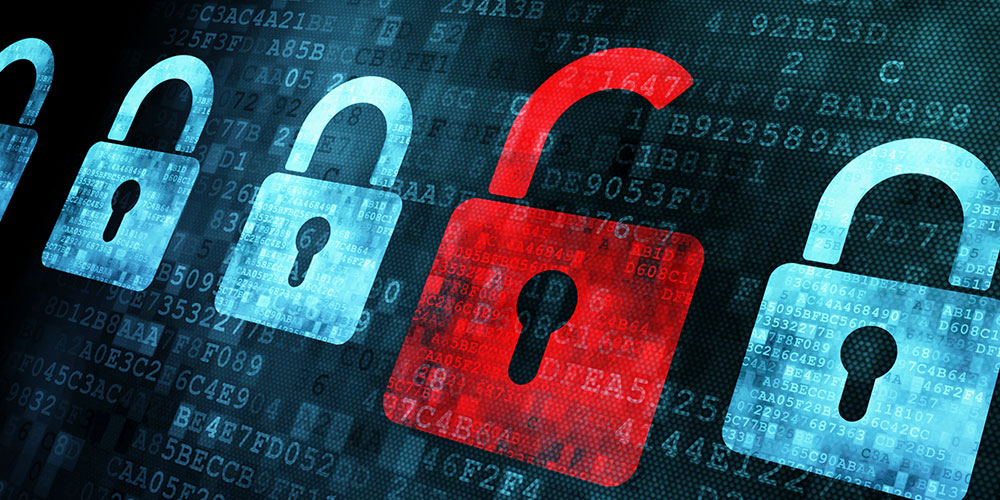
Sep 17, 2018 | SMB Technology, SMB Technology, SMB Technology, SMB Technology, Technology News
With so many potential hazards–natural and man-made–that can disrupt your business, now is the right time to develop and implement a disaster recovery and business continuity plan. Not only can floods, fires or earthquakes disrupt daily life, they can interrupt your business for extended periods of time. Also, data can be lost and compromised due to cyberattacks or human error. Businesses that suffer a data loss run the risk of going out of business. A key component of disaster preparedness and recovery is backup– making sure your company’s data is stored and accessible. Read on to learn about the role of backup in keeping your business in business. Backup is All About Recovery The purpose of keeping your company’s data backed up is to be able to access it if business operations are interrupted, whether by a natural disaster or a system breakdown. While there are on-premise methods of backup, such as collation or putting the data on tape or disks, many businesses look to the cloud to keep their data available. That way, when on-premise systems are down, files and applications can be accessed without interruption. Consider Mission-Critical Systems First What are the functions your business uses most often? How much downtime can your system handle? Are unified communications (phone and email), or collaboration (file sharing, for example) key components of your business? What about customer databases associated with e-commerce? Make sure to back up those applications and their associated data first. Such applications are best distributed among multiple network backbones, and in geographically diverse data centers. This redundancy can allow one system to take up where another...

Sep 6, 2018 | SMB Technology, SMB Technology, SMB Technology, SMB Technology, Technology News
With daily business processes as well as innovative new technologies like the Cloud Computing, keeping your company’s data and systems safe is a top priority. Damages from cybercrime, in the form of lost revenue, continue to mount; in the next few years, the cost could reach as much as $6 trillion a year. In daily business activities, companies gather, store and use a great deal of customer data. Employees, thanks to Software as a Service (SaaS), can now work anytime, anywhere, accessing company data from outside the office. Both your technology and your employees need to be ready for multiple threats to the security of your network. Read on to learn more about how to protect your business’ revenue and reputation and keep the business running smoothly. Knowing and Guarding Against Cyber Threats Cyber threats come from both inside your company and outside and can affect businesses of all sizes. Not only can malware and viruses attack your system and steal and/or destroy company data, lack of understanding of threats by employees can compromise the safety of your systems. Be sure to have the latest definitions of your anti-virus and anti-malware definitions up to date. Along with these protections, establish a culture of security. This should work from management downward and emphasize that everyone has a role in keeping your systems safe and your business productive. Keep an Eye on Your Network Another way to keep your business running smoothly is to monitor your network. Network monitoring can be done off-site, 24 hours a day, and can spot and eliminate threats to your security. It can keep even small...




